Published
on 8
Jun 2017
|
All rights reserved.
|
|
|
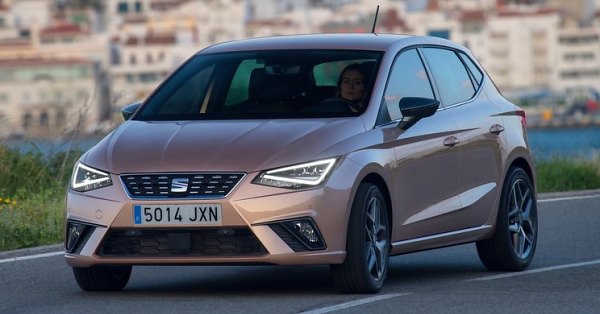
|
|
Ibiza
is the first application of MQB A0 platform, whose development was led
by Seat.
|
|
Benefited
by a good look, the last generation Seat Ibiza was able to live 9 long
years, 50% longer than the class norm. However, in the latter half of
its life it felt really outdated, no matter in terms of interior
packaging, equipment, ride or handling. Fortunately, Seat has not been
sitting down and counting fingers. In the past few years, it has been
leading
the development of MQB A0 platform, which is the smaller derivative of
the Volkswagen group MQB platform. It will underpin not only the new
Ibiza but also a small crossover (Arona), the next generation
Volkswagen Polo, Skoda Fabia and Audi A1. In particular, the two Seat
and Audi will be built at the Barcelona plant on the same production
line, demonstrating the production flexibility of MQB concept. As the
new Ibiza is the first application of MQB A0, its success or not will
be
crucial to not only the Spanish brand but also the entire
Volkswagen group.
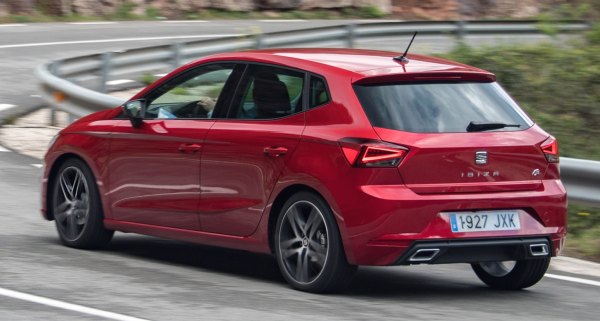 |
|
Leon
Junior-like styling lifts it above most rivals.
|
|
First
impression at the first glance: is this the Leon Junior? Yes, the new
Ibiza looks very much like its bigger brother – the same shape, the
same crisped crease lines and angular expression, the same triangular
LED headlights, the same trapezoidal fascia and bumper intake… if
anything, the smaller car is even more angular and even sharper,
particularly the taillights, C-pillars and hatchback door. Although by
no means mold-breaking, it looks smarter and sportier than any
Volkswagen-group superminis, but without going over-the-top like
Nissan Micra or Toyota Yaris. It is also easily more stylish
than its Korean rivals, Kia Rio and Hyundai i20. Maybe not good enough
to
sustain another 9 years, but I think it will endure the test of
time much better than most others.
The new car keeps the same length and height of the old car, but its
width and wheelbase gain massively – 87mm and 95mm respectively. This
proves that the MQB A0 platform uses space more efficiently, thanks to
the use of higher tensile strength steel, which allows smaller section
parts to be used. The wheelbase is now 2564mm, not quite as long as
Renault Clio (2589mm), but matches or exceeds all other key rivals in
the
class. Its 1780mm width is class-leading, wide enough to match an
average
C-segment car.
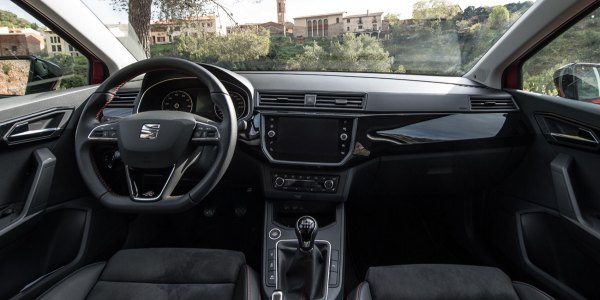
|
|
Spacious
cabin is matched with style and adequate build quality.
|
|
Inside,
while the cabin does not feel as wide as the cars a class above, rear
passengers do enjoy 35mm stretch of legroom thus it is a true 4-seater,
or an occasional 5-seater. Thanks to a flatter roof, front and rear
headroom are boosted by 24 and 17mm respectively. Miraculously, the
boot is enlarged as well, from 292 to a remarkable 355 liters.
The driving position is good and the seat is well shaped. Instruments
are no fancy but clear to read. The minimalist dashboard design is well
matched with the upmarket 8-inch touchscreen. Predictably, the
dashboard and door panels are made of hard plastics to keep cost down,
so the Ibiza is
not going to challenge VW Polo or a top-spec. Nissan Micra for tactile
quality, but the hard plastics here are well grained thus they look
like expensive stuff as long as you don’t touch them. As for
ergonomics, there are some shortcomings: the air-con controls are
located too low for easy reach, the infotainment screen could have been
easier to read if it were placed higher, and the cabin has few storage
cubbies.
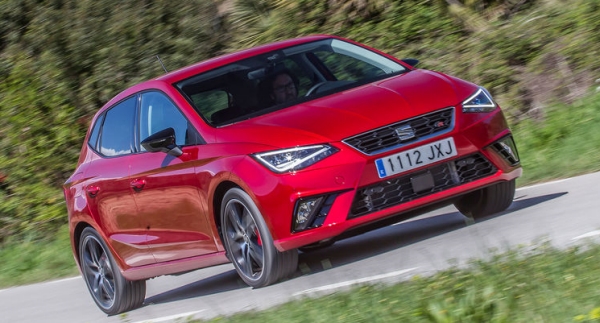 |
|
150hp
FR is likely to be the range-topper. Sadly, no Cupra on the pipeline.
|
|
Unsurprisingly,
the Ibiza is offered with the latest Volkswagen group small engines:
- 1.0-liter 3-cylinder, 75hp;
- 1.0 TSI 3-cylinder DI turbo, 95hp or 115hp;
- 1.5 TSI EA211 Evo 4-cylinder DI VTG turbo, 150hp;
- 1.6 TDI turbo diesel, 80hp, 95hp or 115hp.
The focus has to be 1.0TSI 115hp and 1.5TSI. Unexpectedly, the
3-cylinder is more eager to rev and produces a sweeter sound, while the
four-cylinder is more flexible, more refined and has less turbo lag low
down. Both are available to the sporty FR model. What about Cupra?
Sadly, it is reportedly cancelled, probably as the aftermath of
dieselgate hence cost-cutting. As a result, the 150hp FR is already the
fastest Ibiza. With a 0-60 mph time of just over 7 seconds when paired
with DSG gearbox, it feels brisk, but nowhere as fast or exciting as a
hot hatch should.
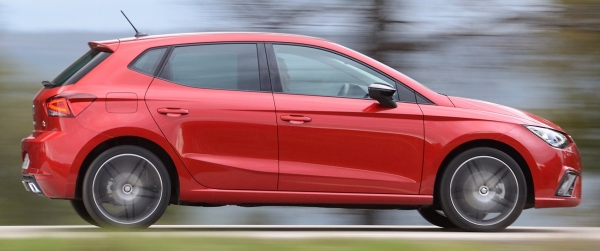 |
|
The
new chassis is remarkably refined, more so than any rivals except
Polo... |
|
However,
the chassis is good enough. It is 30 percent stiffer in torsional
rigidity than the last generation. On the road, this translates to
impressive refinement. The suspension rides smoothly and quietly. Even
the stiffer suspension and larger wheels of FR models will absorb bumps
on back roads at ease. Coupling to a relatively quiet cabin, the new
Ibiza feels like a big car, more so than any cars in the class except
Polo. The car steers well, too. Although the electric power steering
offers little real feel, it is precise and consistently weighted.
Attack corners, the car displays a responsive turn-in, good grip and
nice balance through the corner. It resists understeer well. A Ford
Fiesta may roll less and be more throttle-steerable. A Mazda 2 is also
more fun to drive. But the Seat combines good handling with a composure
and refinement not found on its rivals. Besides, it is also a roomier
and more modern package. In fact, if we were not so serious about
driving thrills, we would have chosen it instead of Fiesta as the new
class leader.
|
Verdict:      |
|